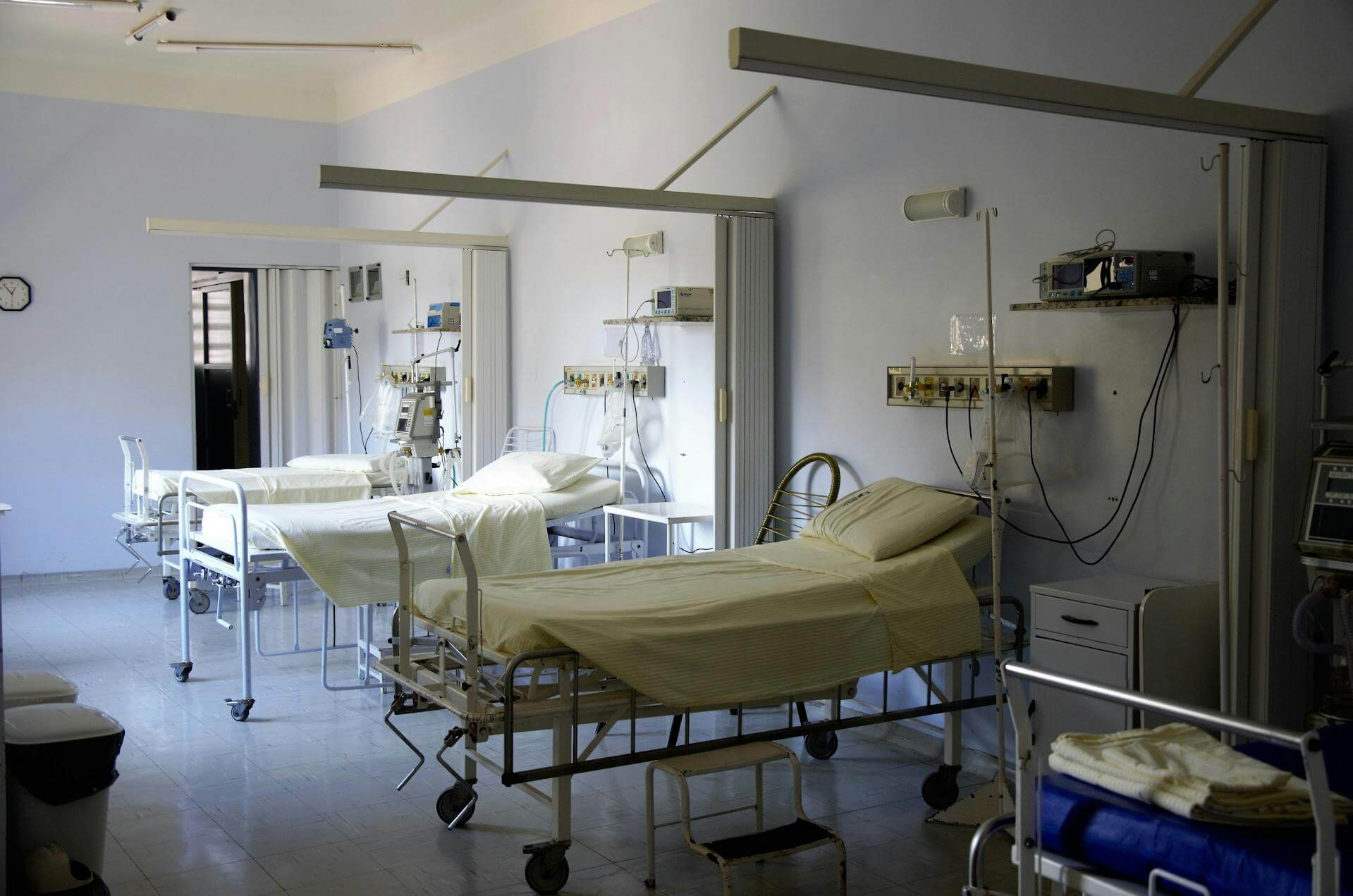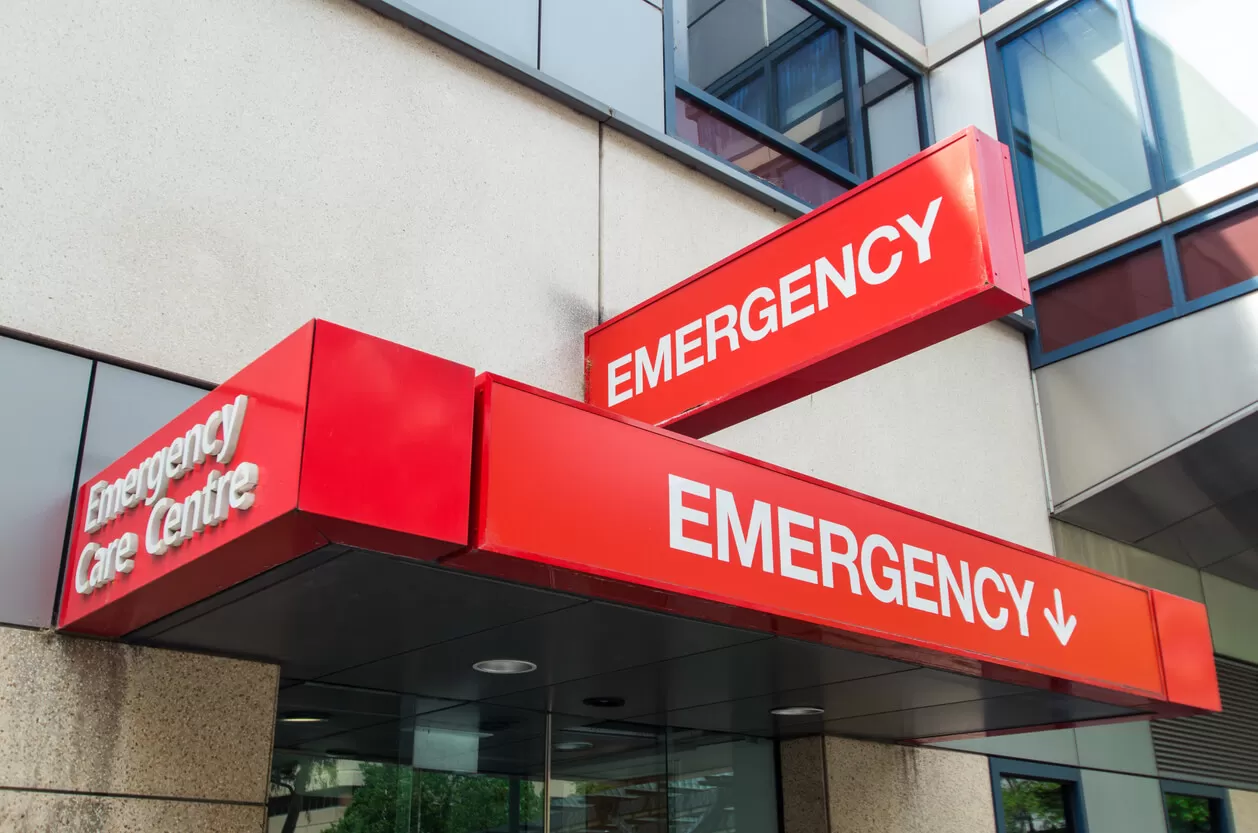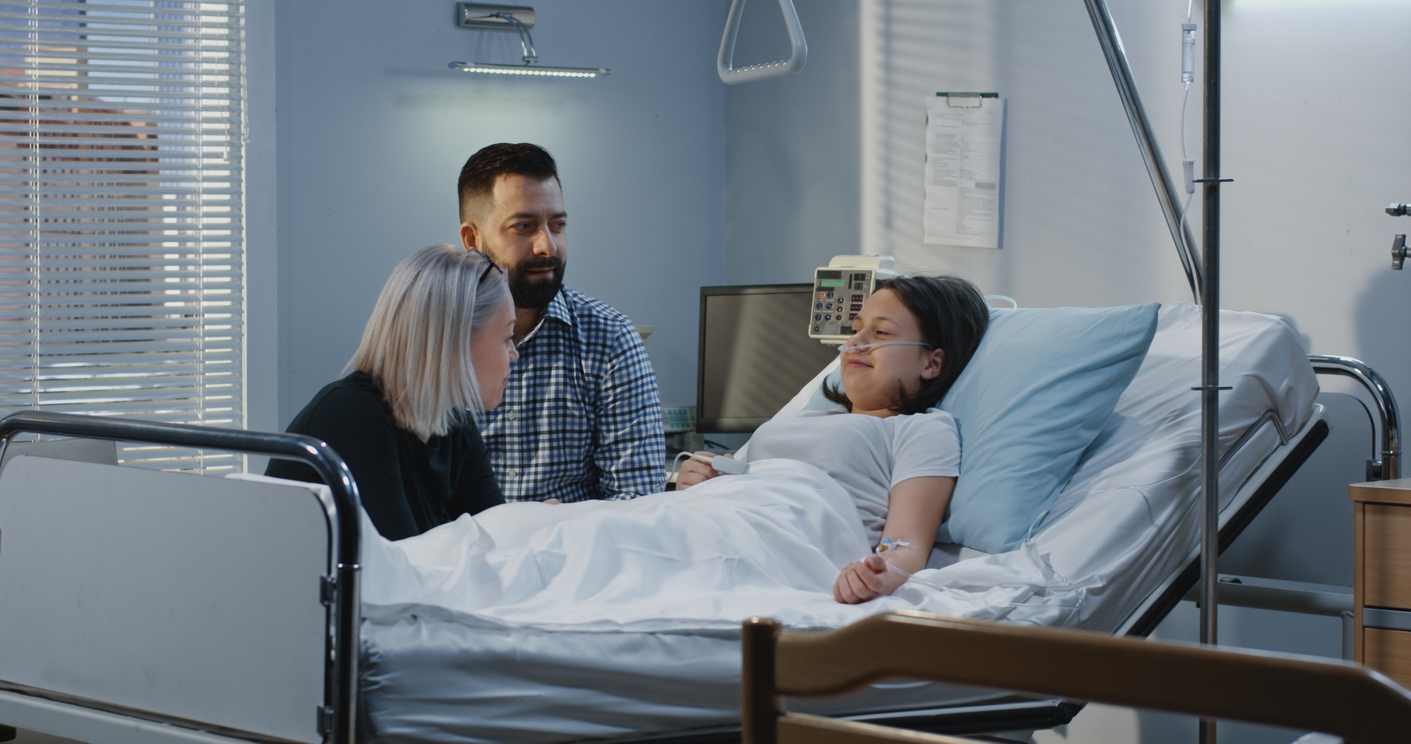Understanding the difference between urgent care and emergency care is essential for making informed decisions about your health. Medical emergencies can be stressful and confusing, especially when you’re trying to determine the best place to seek treatment.
This article will help you decide when to go to the emergency room vs urgent care by outlining the types of conditions each can handle, making sure you receive the appropriate level of care without unnecessary delays or costs.
Whether it’s a minor injury or a potentially life-threatening condition, knowing where to go can save valuable time and possibly even lives.
When to Go to an Urgent Care Center
Urgent care is different from emergency care. These centers are same-day clinics that can address various medical issues requiring immediate attention but are not classified as true emergencies.
It’s advisable to go to urgent care when you’re experiencing:
Minor Injuries and Illnesses
They are ideal for handling everyday injuries and illnesses that are not life-threatening. These facilities are equipped to treat minor injuries such as small cuts requiring stitches, sprains, and simple fractures. If you have a condition like an ear infection, sinus infection, or minor burns, an urgent care center is a suitable choice.
Non-Severe Pain and Symptoms
If you are experiencing mild to moderate symptoms or pain, such as mild abdominal pain, sinus pain, ear pain, or low-grade fever, visiting an urgent care location can provide you with quick relief. These clinics are also well-equipped to treat conditions like common cold symptoms, urinary tract infections, and mild respiratory infections.
Moderate Allergic Reactions
For non-life-threatening allergic reactions such as rashes without fever or mild allergic reactions to insect stings, urgent care is the place to go. They offer treatments to alleviate symptoms and provide you with the necessary medical care promptly.
Pediatric Urgent Care
Children with non-critical ailments like mild fever, flu symptoms, or common illnesses such as ear infections and minor cuts can benefit from the specialized pediatric care available at these facilities. Pediatric nurses and nurse practitioners are trained to handle acute illnesses in children, making urgent care an excellent choice for pediatric urgent care visits.
Vaccinations and Routine Physicals
They also provide routine services like vaccinations and sports physicals. These types of visits are convenient for people who need same-day care or during evenings and weekends when their primary care provider may not be available.
When to Go to the Emergency Department
Emergency departments are designed to address critical, life-threatening conditions that require urgent care. A dependable ER, such as Reliant Emergency Room, is equipped with advanced technologies and treatment options, managed by a team of highly skilled doctors. It operates 24/7, ensuring round-the-clock availability.
You should go to an ER if you’re having:
Severe or Life-Threatening Conditions
If you have symptoms that suggest a life-threatening condition, such as chest pain, severe shortness of breath, or stroke symptoms, immediate attention at an emergency room is crucial. These emergency departments are equipped to handle severe illnesses and complex traumatic injuries, providing a higher level of care.
Severe Injuries and Burns
For severe burns, significant head injuries, or severe injuries due to accidents, the emergency room is the best option. These facilities have the necessary equipment and specialists to manage such traumatic injuries effectively. Emergency rooms are designed to handle critical and complex medical situations, offering advanced diagnostic tools and surgical capabilities.
Uncontrolled or Severe Bleeding
Immediate medical intervention can provide advanced treatments such as blood transfusions, surgical interventions, and other critical procedures that are beyond the scope of basic first aid. Additionally, emergency departments are equipped with skilled medical professionals who are trained to handle traumatic injuries, ensuring that patients receive the best possible medical attention in a life-threatening situation.
Severe Symptoms and Persistent Issues
Symptoms like severe abdominal pain, severe vomiting, or loss of vision require sophisticated diagnostic tools and expert care available in an ER. Conditions that include severe allergic reactions, respiratory distress, and mental health crises should also be treated at an ER.
Loss of Consciousness and Severe Respiratory Issues
If you or someone around you experiences a loss of consciousness, severe chest pain, or intense shortness of breath, don’t hesitate to visit an emergency room. Emergency departments are designed to address such serious medical emergencies with timely and effective interventions.
What Are Their Differences?
Understanding the differences between urgent and emergency care is crucial for you to know: “When should you go to urgent care vs emergency room?”. In this way, you can make informed decisions about where to seek help based on the severity of your medical condition.
Urgent Care Clinic
- Scope of Care. They address non-life-threatening conditions that require immediate attention but are not severe enough to warrant a trip to the emergency room.
- Staff and Equipment. Often staffed by physicians, nurse practitioners, and physician assistants, equipped with X-ray machines, lab testing facilities, and basic diagnostic tools.
- Hours of Operation. Usually open during extended hours, including evenings and weekends, but not 24/7.
- Wait Times. Generally shorter than emergency rooms; it operates on a first-come, first-served basis.
- Costs. Typically less expensive than emergency room visits. Many insurance plans have lower copayments for urgent care.
Emergency Care
- Scope of Care. Emergency rooms (ERs) are designed to handle life-threatening conditions that require immediate and intensive medical attention.
- Staff and Equipment. Staffed by specialized emergency medicine doctors, nurses, and support staff, equipped with advanced diagnostic tools, surgical facilities, and life-support systems.
- Hours of Operation. Open 24/7, 365 days a year.
- Wait Times. It can be longer due to the prioritization of patients based on the severity of their conditions.
- Costs. Generally more expensive than urgent care due to the specialized nature of care and the extensive resources available.
Make the Right Choice for Your Health: Contact Reliant Emergency Room for Immediate Assistance!
Knowing when to go to the emergency room vs urgent care can make a significant difference in the timeliness and effectiveness of the medical treatment you receive. While urgent care centers are ideal for handling minor injuries, common infections, and mild illnesses, the emergency room is indispensable for life-threatening conditions and severe injuries requiring immediate, advanced medical attention.
At Reliant Emergency Room in Corpus Christi, TX, we are dedicated to providing high-quality urgent and emergency medical care whenever you need it. Whether you’re dealing with a minor ailment or a critical health issue, our medical professionals are equipped to deliver the specialized care you need.
Don’t wait until it’s too late—trust Reliant Emergency Room for all your acute medical needs. Visit us today or reach out to our 24/7 hotline for immediate assistance. Your health and well-being are our top priorities.








